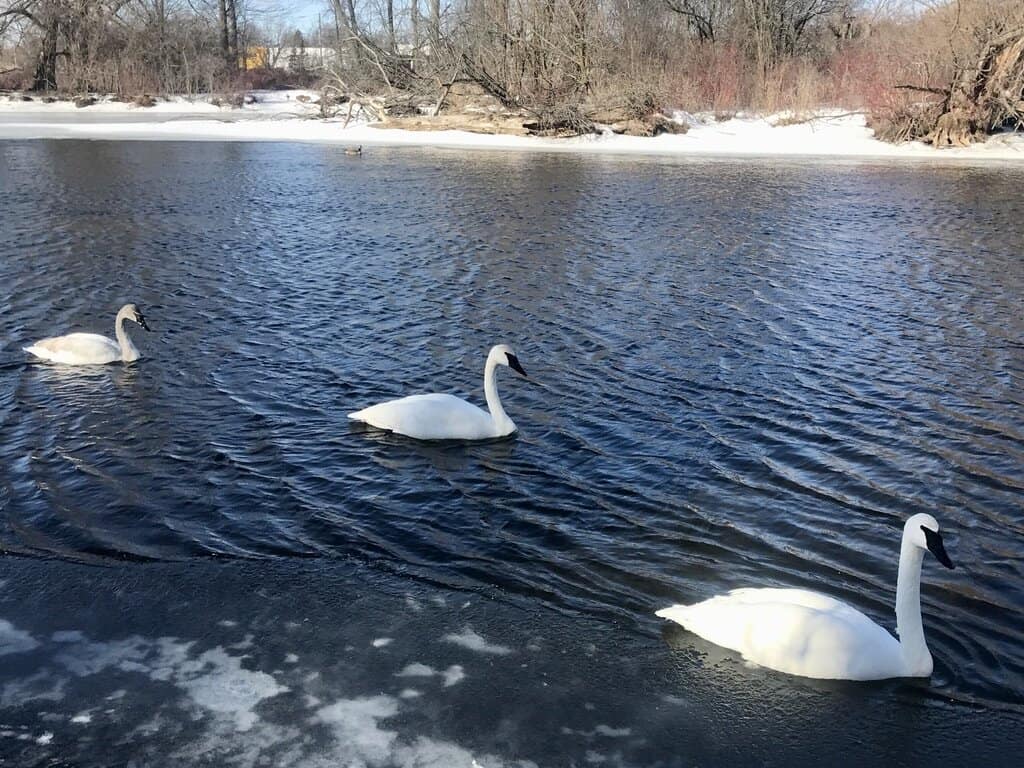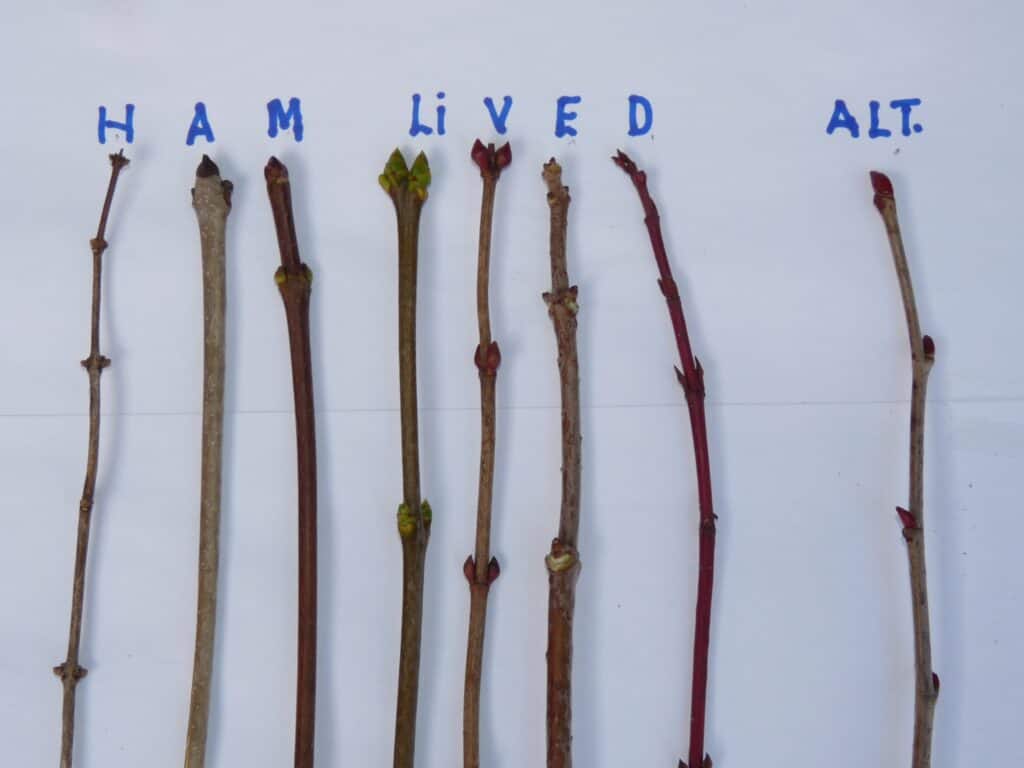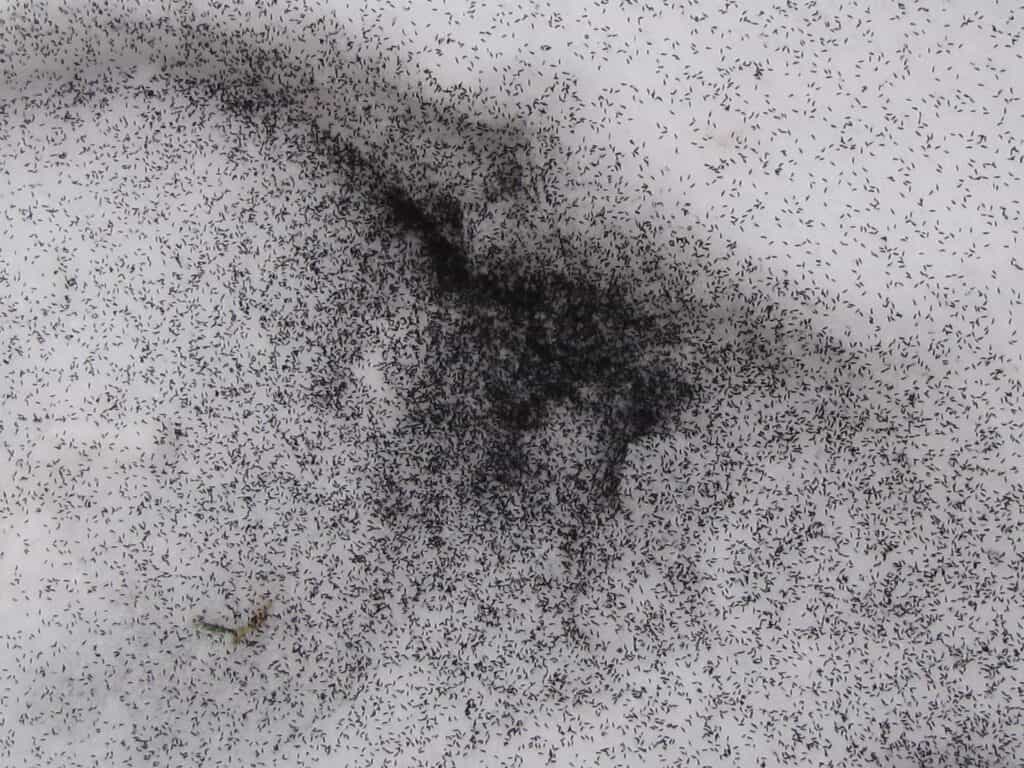Looking ahead to what nature has in store this winter
Peterborough Examiner – January 6, 2023 – by Drew Monkman
As global heating continues, it comes as no surprise that 2022 was a warmer-than-average year for Peterborough. In fact, nine of the past 12 months registered a mean temperature higher than the 1971-2000 average for the same month. December was almost 3C warmer than usual. Since 2010, warmer-than-average months in Peterborough have outnumbered cooler-than-average months by a ratio of 2:1.
For the planet as a whole, the past eight years are on track to be the eight warmest on record. The persistence of La Niña (colder than normal water temperatures in the Pacific Ocean), however, means that 2022 will not be the warmest year record. Global temperature figures for 2022 will be released in mid-January. AccuWeather is predicting above normal temperatures across our region this winter and average to below average amounts of precipitation.
As a reminder of what to watch for in nature in the coming months, here’s a sampling of some of the highlights.
JANUARY
- We begin January with about 8 ¾ hours of daylight but gain a full hour by month’s end.
- The early winter full moon (tonight) rides higher in the sky than at any other season and passes nearly overhead at midnight. Coupled with the reflective quality of snow, moonlit winter nights shine with an unforgettable brilliance.
- Visible evening planets this month include Jupiter in the southwest sky. Looking west-southwest near the horizon, watch for brilliant Venus and golden Saturn. They will be almost side-by-side on the evening of January 22.
- The abundance of wild grape is keeping many robins in the Kawarthas this winter.
- Evening grosbeaks are already turning up at feeders in northern Peterborough County. There is also a good chance that pine siskins and common redpolls will put in an appearance later in the winter.
- Keep an eye out for flocks of beautiful bohemian waxwings. They can be distinguished from cedar waxwings by the white wing marking and rufous under the tail. Nearly 1,800 were tallied in mid-December on the Peterborough Christmas Bird Count.
- Common goldeneyes, mallards, hooded mergansers, common mergansers, and both trumpeter and mute swans can often be found all winter on ice-free lakes and rivers. These include the Otonabee River and Lake Katchewanooka at Young’s Point.
- By late January, we become aware of the lengthening days. Most of the daylight is gained in the afternoon.

FEBRUARY
- The pattern in which the buds are arranged on the twigs of deciduous trees and shrubs is a useful tool in winter identification. Honeysuckles, ashes, maples, lilacs, viburnums, elderberries, and dogwoods all have opposite buds, while the buds of nearly all other species are alternate. To remember them, use the mnemonic HAM LiVED.
- The daytime winter sky rarely appears as blue as the sky of summer. Invisible ice particles scatter light of all wavelengths (colours), thereby making the sky appear almost white.
- Although tentative at first, bird song returns in February as pair bonds are established or renewed. Black-capped chickadees, northern cardinals, and white-breasted nuthatches usually start singing this month.
- This is also courtship time for ravens. Watch for the male soaring, swooping and tumbling in front of the female. The pair also soars together, then perches and preens one another.
- Gray squirrels are mating and can often be seen streaming by in treetop chases as a group of males pursues a female.
- The Great Backyard Bird Count takes place from February 17 through the 20th. This citizen science event engages bird watchers of all levels of expertise to create a real-time snapshot of the whereabouts and relative abundance of birds in mid-winter. Anyone can participate. Go to https://www.birdcount.org/ for details.
- Common goldeneyes put on an elaborate courtship display in late winter. The male thrusts his head forward and then back towards his rump. With his bill pointing skyward, he utters a squeaky call. Just north of Lock 25 on the Otonabee River can be a good spot to see these displays.
- Male striped skunks roll out of their dens any time from mid-February to early March and go on a long prowl looking for females with which to mate. The smell of a skunk on a damp, late winter night is a time-honored sign of “pre-spring.”

MARCH
- On warm days along woodland trails, watch for snow fleas. Only about a millimetre in length, they sometimes cover the snow like spilt pepper. They move by using an abdominal appendage held under the body that springs them up and forward when released.
- Chipmunks make their first appearance above ground since late fall. They are somewhat active all winter, however, making repeated trips to their underground storehouses for food.
- By mid-March, the first northward-bound turkey vultures are usually seen. Other new arrivals include robins, red-winged blackbirds, grackles, and song sparrows.
- For anyone paying attention, the increase in bird song is hard to miss. The free Merlin Bird ID app now has a feature that provides immediate identification as a bird sings.
- Open sections of local lakes and rivers are host to thousands of northward-bound ducks of up to a dozen species. Some good locations to observe them include Little Lake, Lakefield Park and Campground, and Pengelly Landing at the bottom of Scriven Road on Rice Lake.
- Monday, March 20, marks the spring equinox. At 5:24 p.m. the sun will cross directly over the Earth’s equator. For the next six months, we can enjoy days that are longer than nights. On this date, both the moon and sun rise due east and set due west.
- No other season offers as many bright stars and constellations as spring. There are no less than 11 first magnitude stars visible. Ruling over the southeastern sky, the season’s signature constellation is Leo.

CLIMATE CHAOS UPDATE
Hope: Electric vehicles accounted for almost four out of every five new car registrations in Norway in 2022. Led by U.S. carmaker Tesla, 138,265 new electric cars were sold in the Scandinavian country last year, representing almost 80% of total passenger car sales. Norway aims for all new cars to be “zero emission” — in other words, electric or hydrogen – by 2025. See https://tinyurl.com/mrxpn64h
Carbon dioxide: The atmospheric CO2 average for Dec. 30, 2022 was 419.10 parts per million (ppm), compared to 417.11 ppm a year ago. Rising CO2 means more climate chaos and increasingly severe storms ahead.
Take action: To see a list of ways YOU can take climate action, go to https://forourgrandchildren.ca/ and click on the ACTION buttons.